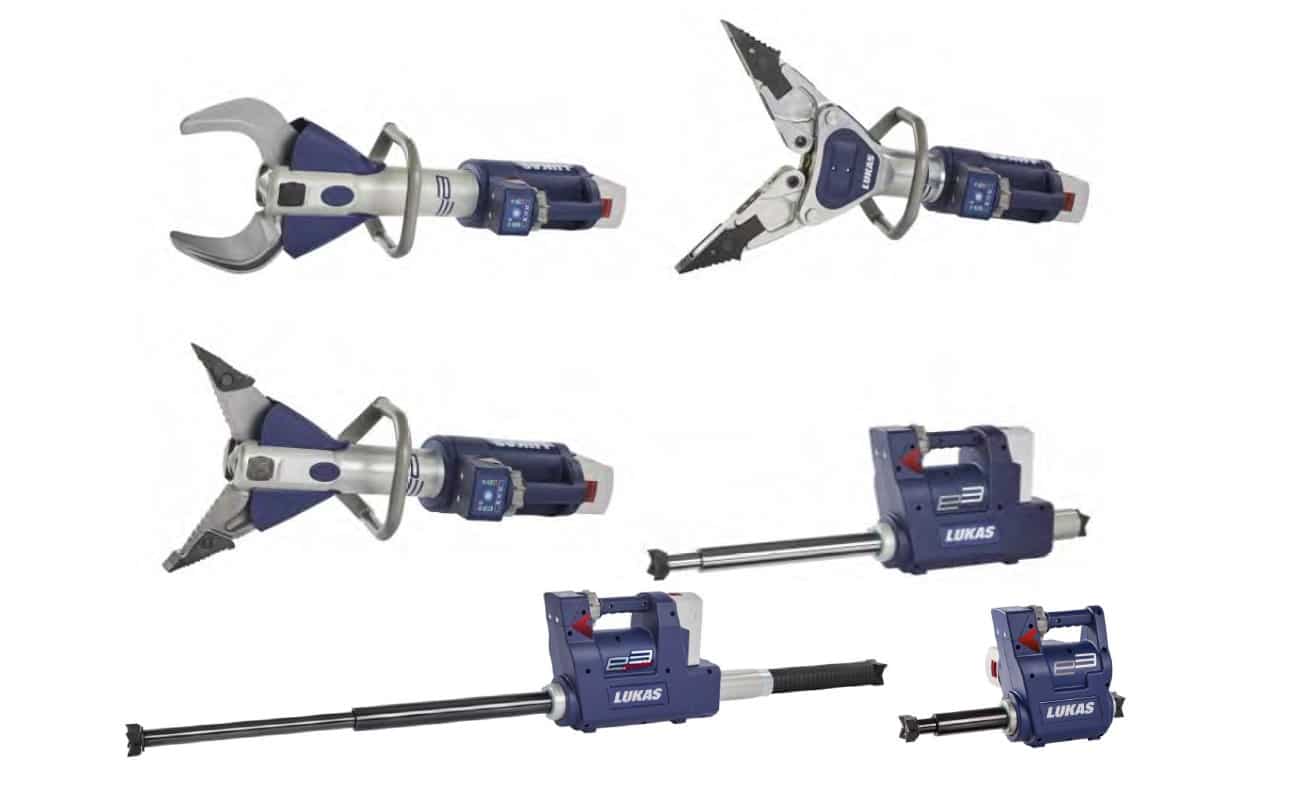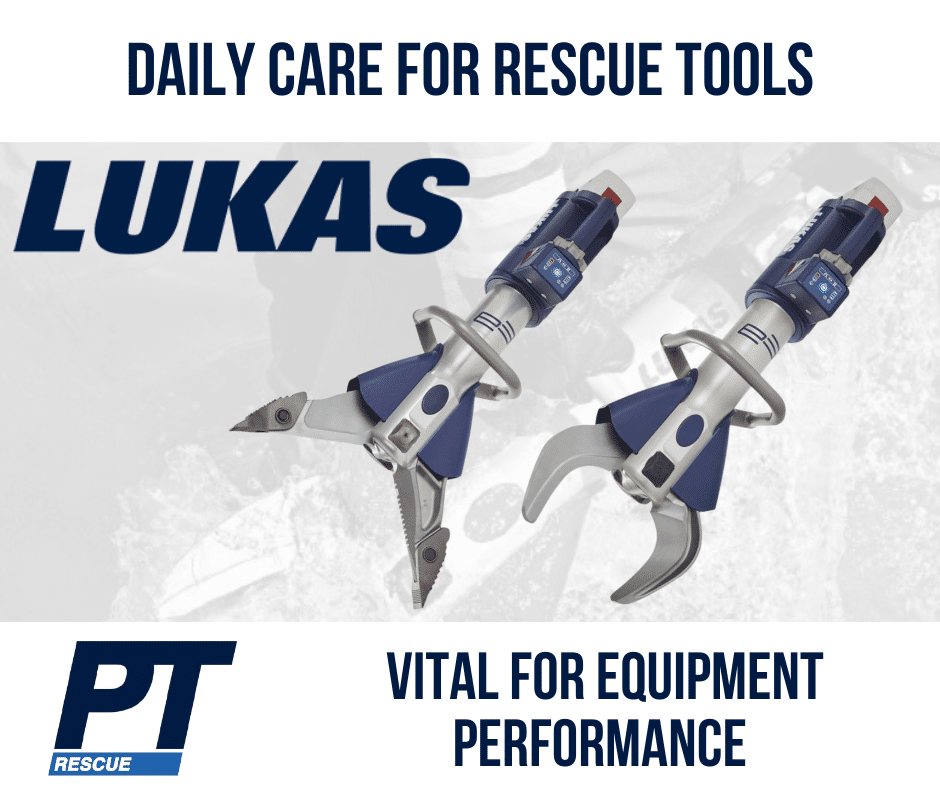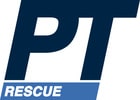
How to keep your LUKAS e3 rescue tools in perfect condition
The following is a general guideline, designed to assist with daily care and preventative maintenance of LUKAS e3 rescue tools to ensure optimum performance. This guide is not designed to replace regular workshop servicing or to provide repair advice. For more information please Click Here
Daily Visual Inspection
Regular visual inspections should be carried out following use. These inspections are designed to eliminate minor issues, detect and prevent major faults and save the expense of major repairs by identifying any concerns early. The arms and body of the tools should be checked for any visible signs of wear or damage and the condition of bearing bolts and securing rings should be inspected. Cutting blades and tips should be clean and sharp and checked for signs of serration and there should be no oil leakage on the cylinder body or control valve. Protective covers and body housings should be intact, with no signs of cracking or oil leakage. Tools should be cleaned and dried, cleared of any debris or foreign bodies, prior to stowage.
Maintenance after use in water
Batteries should be removed after use and rinsed with fresh, clean water. The device should be fully submerged in clean water to fill the housing unit and flushed to clear any algae mud or sludge. Both the tool and battery should be wiped down with a damp, lint and dust-free cloth to remove any dirt and deposits. The device andbattery can then be left to dry at room temperature in a well ventilated area before lubricating all exposed steel parts with a suitable anti-corrosion agent.
Following visual inspection and maintenance, a routine function test should be performed.
More detailed information relating to the daily care of each specific type of LUKAS rescue tool can be found here
For more information on servicing and repair of LUKAS rescue tools, please contact PT Rescue Service at rescue@ptha.com.au or Click Here

